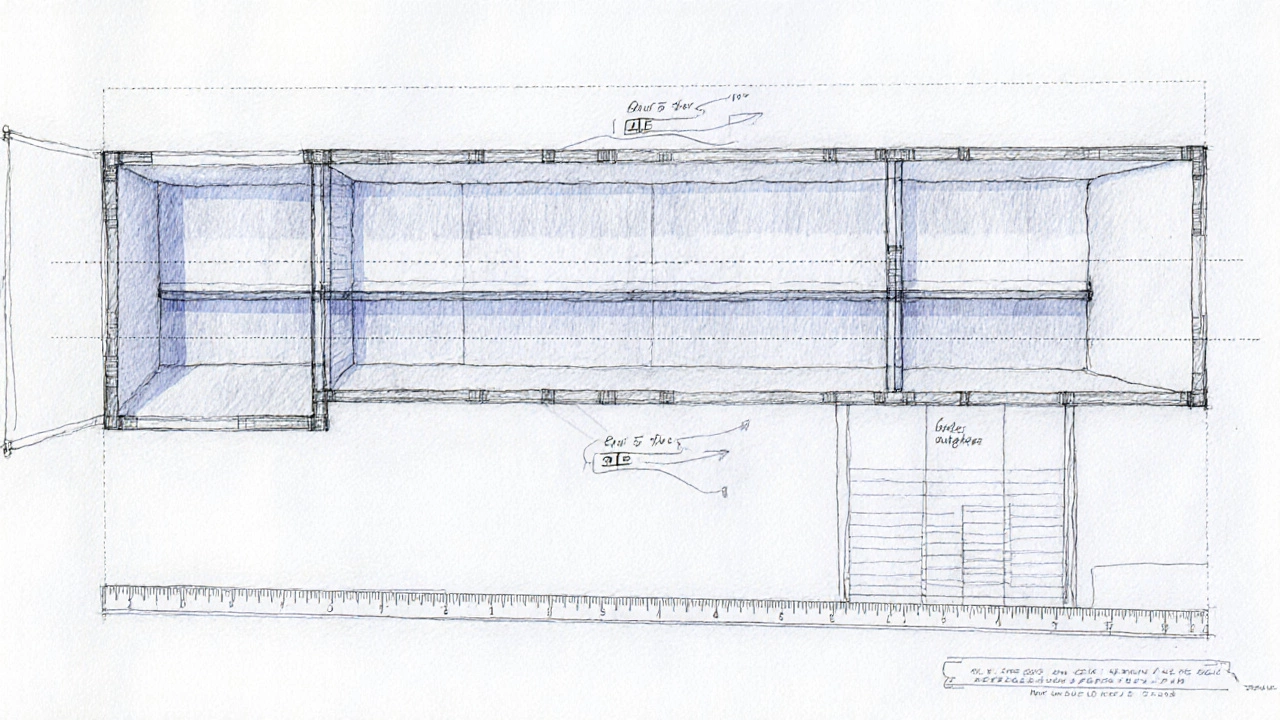Commercial Building Standards: Rules, Codes, and Best Practices
When working with Commercial Building Standards, the set of rules that govern how commercial structures are designed, built, and maintained. Also known as commercial construction codes, they ensure safety, durability, and legal compliance for offices, retail spaces, and warehouses.
These standards are part of Building Regulations, a nationwide framework that defines minimum performance requirements for construction and are closely linked to Construction Codes, technical specifications such as fire safety, structural integrity, and accessibility. In practice, commercial building standards require developers to follow the latest edition of the UK Building Act, meet fire‑risk assessments, and respect environmental targets. This means a project manager must coordinate architects, engineers, and contractors to keep every detail aligned with the codes.
Key Areas Covered in These Standards
First, Commercial Construction, the process of creating non‑residential buildings must incorporate fire‑resistance ratings for walls, proper egress routes, and load‑bearing calculations that match the design intent. Second, health and safety legislation intertwines with the standards; occupational safety plans are mandatory and inspections are scheduled at critical milestones. Third, energy efficiency rules push for insulation, low‑emission glazing, and renewable‑energy integration, directly influencing the overall cost and timeline of a build.
Understanding how these pieces fit together helps you avoid costly re‑work. For example, if the fire‑safety plan is drafted after the structural frame is erected, you might need to retrofit sprinkler systems, which can delay the project and inflate the budget. By reviewing the standards early, you can embed compliance checks into the design phase, streamline approvals, and keep the contractor on schedule.
The collection below pulls together the most relevant articles that break down each component of commercial building standards. You’ll find insights on code differences between commercial and industrial projects, guidance on financing large‑scale compliance work, and practical tips for navigating the regulatory landscape. Dive in to see how the rules shape real‑world builds and learn what steps you can take right now to stay on the right side of the law.

